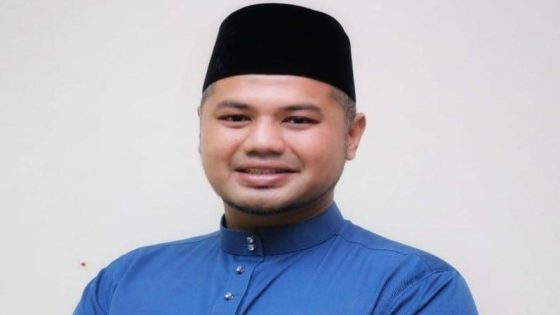On February 14, 2025, Haziq Asyraf Dun, the Youth Chief of PAS Perlis, raised concerns over the proposal to separate the Minister of Religious Affairs into two roles for Islam and non-Islam. He questioned the need for such a division, emphasizing that the current system already promotes harmony among religions in Malaysia.
- Haziq questions separation of religious portfolios.
- Current system ensures interfaith harmony.
- Islam's position as federal religion emphasized.
- Proposal linked to DAP's 'Malaysian Malaysia' agenda.
- Urges Muslims to stay aware of developments.
- Calls for protection of Islamic state foundations.
Why Split the Minister of Religious Affairs? Understanding the Debate
Is a split in the Minister of Religious Affairs necessary? Haziq Asyraf Dun argues that the current system effectively manages religious affairs in Malaysia. He believes that Islam’s position as the federal religion is already well-established and protected under the constitution.
Implications of the Proposed Separation on Religious Harmony
The suggestion to divide the Minister of Religious Affairs into two distinct roles has sparked significant debate. Critics, including Haziq, argue that this move could undermine the existing framework that promotes religious harmony. Here are key points to consider:
- Current system effectively balances Islamic and non-Islamic interests.
- Potential for increased tensions among religious groups.
- Concerns about the influence of political agendas on religious affairs.
- Importance of maintaining Malaysia’s identity as a multi-religious nation.
Understanding the Role of the Minister of Religious Affairs
The Minister of Religious Affairs currently oversees Islamic affairs while the Ministry of Unity manages interfaith relations. This dual approach has historically supported Malaysia’s multicultural society. By preserving this structure, Malaysia can continue to respect its diverse religious landscape while upholding Islam’s constitutional status.
Political Context: The DAP’s Influence on Religious Policies
Haziq expressed concerns that the proposal may align with the DAP’s agenda for a more secular Malaysia. This raises questions about the future of Islam’s role in governance and whether political motives are influencing religious policies. Understanding these dynamics is crucial for both Malaysians and observers globally.
In conclusion, the debate over the separation of the Minister of Religious Affairs highlights critical issues regarding religious harmony and political influence in Malaysia. As discussions continue, it is essential to consider the implications for the nation’s identity and the rights of its diverse population.





















![[VIDEO] Lepas staf Puspakom, anggota JPJ pula kena tumbuk lelaki di Kuantan](https://news.faharas.net/wp-content/uploads/2025/01/Shocking-Incident-JPJ-Officer-Assaulted-by-Man-in-Kuantan-230x129.png)










